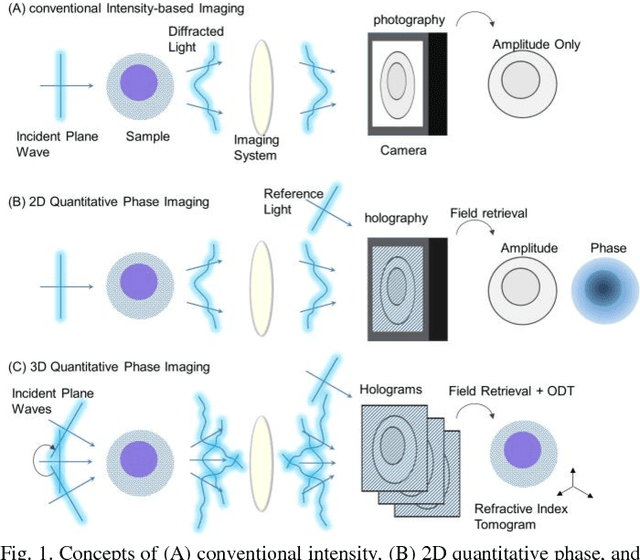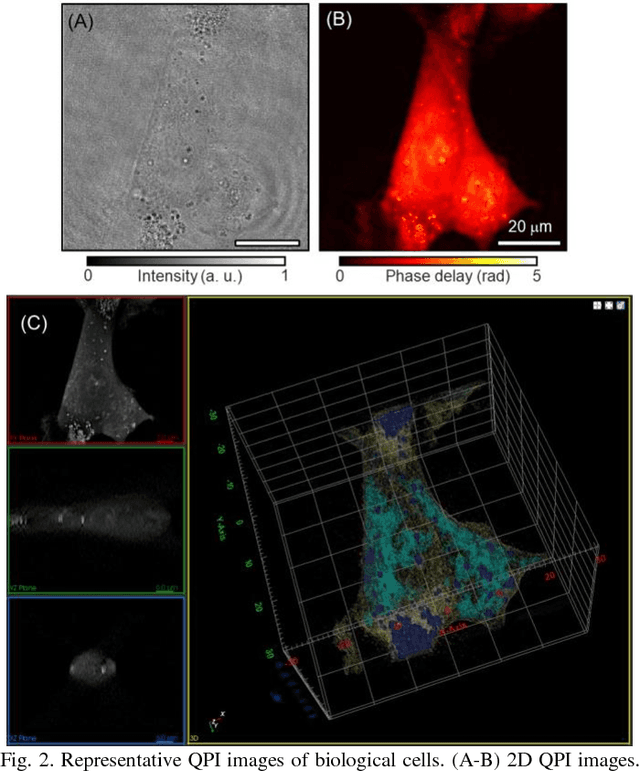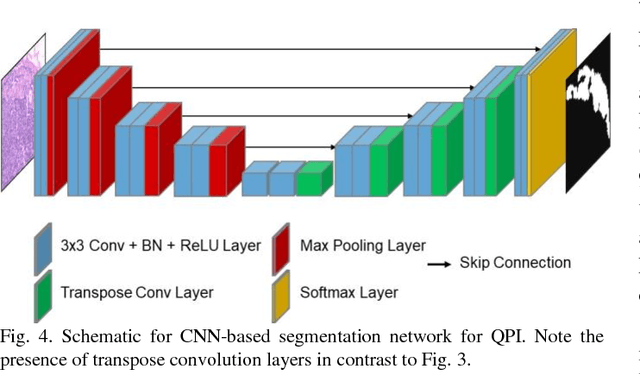Hyun-seok Min
DALDA: Data Augmentation Leveraging Diffusion Model and LLM with Adaptive Guidance Scaling
Sep 25, 2024



Abstract:In this paper, we present an effective data augmentation framework leveraging the Large Language Model (LLM) and Diffusion Model (DM) to tackle the challenges inherent in data-scarce scenarios. Recently, DMs have opened up the possibility of generating synthetic images to complement a few training images. However, increasing the diversity of synthetic images also raises the risk of generating samples outside the target distribution. Our approach addresses this issue by embedding novel semantic information into text prompts via LLM and utilizing real images as visual prompts, thus generating semantically rich images. To ensure that the generated images remain within the target distribution, we dynamically adjust the guidance weight based on each image's CLIPScore to control the diversity. Experimental results show that our method produces synthetic images with enhanced diversity while maintaining adherence to the target distribution. Consequently, our approach proves to be more efficient in the few-shot setting on several benchmarks. Our code is available at https://github.com/kkyuhun94/dalda .
Quantitative Phase Imaging and Artificial Intelligence: A Review
Jul 13, 2018



Abstract:Recent advances in quantitative phase imaging (QPI) and artificial intelligence (AI) have opened up the possibility of an exciting frontier. The fast and label-free nature of QPI enables the rapid generation of large-scale and uniform-quality imaging data in two, three, and four dimensions. Subsequently, the AI-assisted interrogation of QPI data using data-driven machine learning techniques results in a variety of biomedical applications. Also, machine learning enhances QPI itself. Herein, we review the synergy between QPI and machine learning with a particular focus on deep learning. Further, we provide practical guidelines and perspectives for further development.
 Add to Chrome
Add to Chrome Add to Firefox
Add to Firefox Add to Edge
Add to Edge